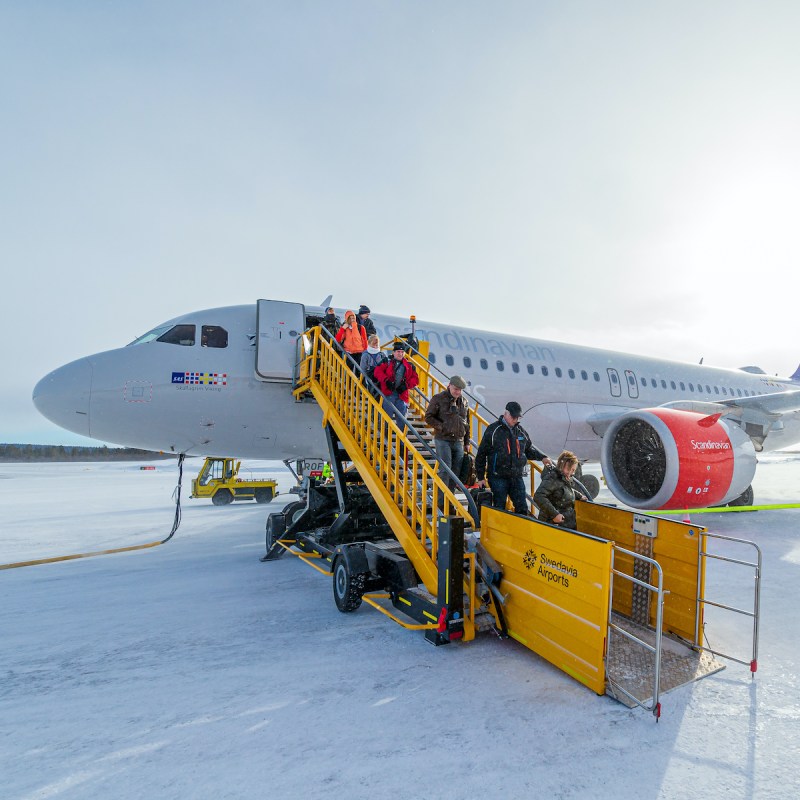
I don’t know about you, but as a frequent flyer, I’ve become a bit jaded about the chirpy plane safety spiel we get when the aircraft takes off. However, I need to shake off my ennui and pay attention because the current Federal Aviation Authority (FAA) evacuation procedures are not up to snuff. Their evacuation simulations leave a lot to be desired.
Videos by TravelAwaits
But, there’s a fix in the works: The proposed Emergency Vacating of Aircraft Cabin (EVAC) Act will lead to more accurate testing of evacuation procedures and, therefore, safer evacuations. How will the testing change? The FAA will diversify its test parameters to represent today’s passengers, who vary greatly in dimensions and abilities. In its evacuation simulations, the FAA will no longer assume that the flight holds only 60 passengers, all of whom are at an ideal weight; that there are no disabled persons, seniors, or young children; or that there is no carry-on baggage.
Proposed EVAC Legislation Will Diversify FAA Testing
In December 2022, Senator Tammy Duckworth (D-IL) introduced the EVAC legislation to the Senate with U.S. Senator Tammy Baldwin (D-WI). A matching companion bill was introduced to the House by Congressman Steve Cohen (D-TN). Cohen originally authored the law that led the FAA to conduct simulation tests. Duckworth expects the bill to be included in Congress’s 2023 FAA reauthorization legislation.
In her December 16 press release, Duckworth said, “Imagine being on a crowded flight when the worst-case scenario happens: the crew tells you that you have 90 seconds to evacuate — but in the chaos and terror of this emergency, can more than 150 passengers sandwiched into crowded rows actually safely evacuate in less time than it takes to brush your teeth? The flying public deserves better. That’s why I introduced the Emergency Vacating of Aircraft Cabins Act to require the FAA to finally establish evacuation standards that consider not just seat size, pitch, and configuration, but other real-life conditions like the presence of carry-on bags and passengers of different heights, weights, ages, and abilities.”
Federal regulations require that airplane evacuation must be fully complete in 90 seconds or less and that only half of the available exits are used. Under laboratory conditions, it’s easier to meet these conditions, but not so much in real life. Using the diversified parameters proposed in EVAC, new FAA simulations will more closely represent real-life passengers. As a result, evacuation plans will be safer — a win for both passengers and crew members.
Why Weren’t Changes Made Before This?
The FAA has said that it is aware that current evacuation tests don’t cover a representative cross-section of the flying public. The agency claims that ethical research standards prevent them from including children, seniors, or people with disabilities in tests where they can be injured. Duckworth said that there are ethical ways to include these individuals. “Why don’t you look to all of the other emergency management agencies that do simulate this?” she said. “Firefighting forces do this all the time with able-bodied firefighters simulating someone who is injured or has a disability… You could have a crash test dummy simulating a paraplegic.”
Want to learn more about improving the flying experience? Read these TravelAwaits articles:
